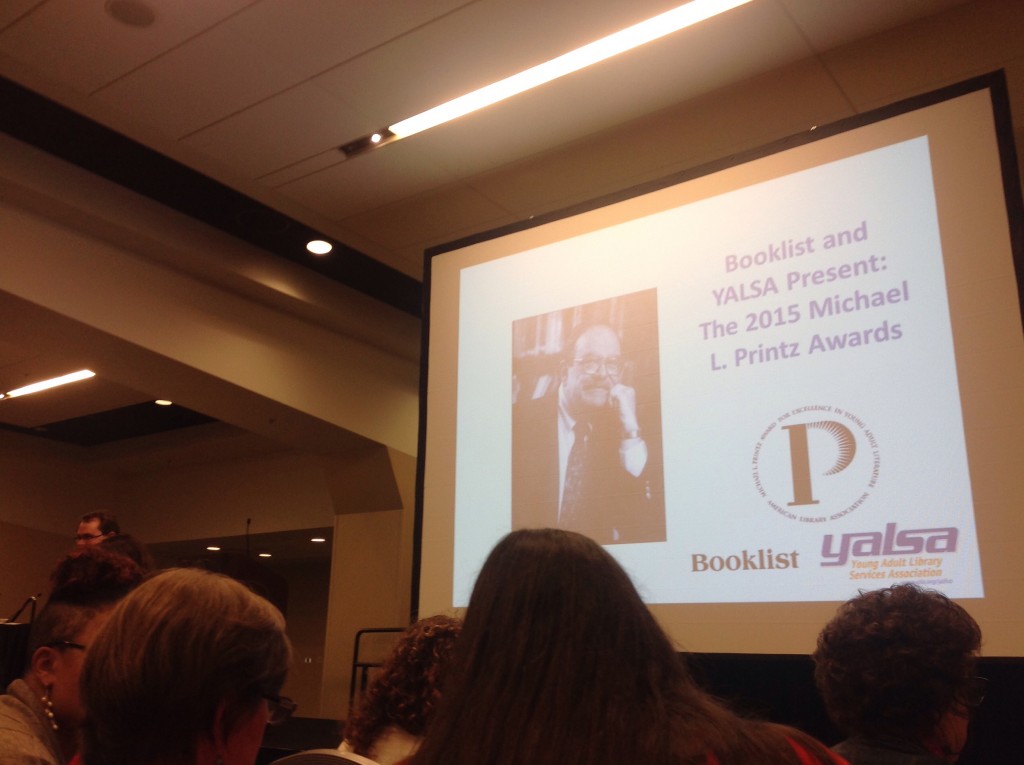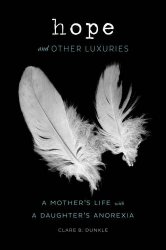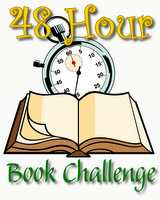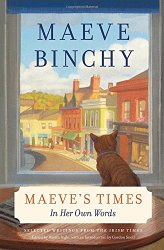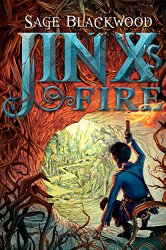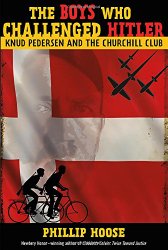Literary Tastes
Literary Tastes
(arrived late)
This was a session where various authors talked about their books. We were given signed copies of the books at the end.
Amy Belding Brown, Flight of the Sparrow
King Philip’s War
Found an account, and originally planned to just retell the Puritan woman’s story
Her individuality was cloaked in social hierarchy.
First war with Indians.
She studied colonial life and Puritans. Wanted her historical novel to be as richly detailed as possible.
She went overboard, because she loves research. Got to spend time in libraries!
Found good books about the Native Americans in the area.
Finally she writes a character.
Her writing process is very messy.
For her, the big part of the enjoyment is discovering the story and characters as she goes.
Didn’t like the character. Then read that her account may have been heavily edited.
So she put things in the novel that made Mary more likable. Gave her a native American friend, which got her thinking about the issue of justice.
Uses a circular process in her writing, alternating between research and writing.
Stuart Rojstaczer, The Mathematician’s Shiva
What happens when a famous woman mathematician dies.
His debut novel — but that’s not true, it’s his first published novel.
Wrote his first novel at 19 — then got a PhD in geophysics instead.
In his 40s, his daughter urged him to write a novel with her, a father-daughter experience. Wrote about a crazy college president. He also thought it was bad.
In his 50s, he started writing short stories and they were actually good. So he tried again. Based on an experience with a Hungarian mathematician when his daughter was 3.
She dies with the solution to a million-dollar problem reportedly solved.
His secret to writing — earplugs. He locks himself in an office until he has 800 words per day.
He loves libraries. His daughter works in the Library of Congress.
Got interested in libraries because they let him look in the 4th grade library when he was in Kindergarten.
Learned how to be an autodidact in college.
Math library at Stanford is where he wrote his PhD.
Almost all novelists are autodidacts.
Wrote a song, “The Library” Can find it on spotify under Stuart Rosh.
20% of book was written in libraries — where he started before he found his dingy office.
It’s been a book club choice because it’s at libraries.
Whatever it takes!
Jo Walton: My Real Children
Surreal for it to be listed as women’s fiction — It’s science fiction.
A woman with Alzheimer’s who remembers two different versions of her life.
It’s the close up story of one woman’s two lives.
Genre is a phenomenon. It’s the set of things a book is in conversation with.
SF & Fantasy are constantly in conversation with books across boundaries.
A bunch of crossovers with romance, comedy, etc
Genre is fun to play with.
SF likes to reach across boundaries.
It’s relatively recent that people outside SF have started joining the conversation inside.
Recent successful in-genre crossovers.
Was a crossover with women’s fiction.
Her character’s personal and romantic decision has changed the world.
Women’s Fiction is a reflection on the importance of women’s lives.
SF is historically a male-dominated genre, but this is changing.
Still often have the kick-ass woman protagonist — a woman in a male role.
Rethink the message if you only show the same roles.
SF is the genre of changed worlds.
SF isn’t often interested in women’s issues. — marriage, parenting, families, divorce, getting older.
SF seems to demand an adventure plot.
Are women’s lives only important if they look like men’s lives?
This book has two different versions of the last half of the 20th century.
When you write a crossover, the concern is that it won’t work in dialog in both genres. Getting a women’s fiction award has validated it.
Ashley Weaver: Murder at the Brightwell.
Winner of the 2015 Reading List Mystery Category
She’s also a librarian.
Her life of crime started early, and libraries have aided and abetted her all the way.
Loved mysteries all her life from Richard Scarry on!
Agatha Christie was her first murder, and from there there was no turning back.
Got her first job at a library. That was the year she wrote her first novel.
Got the character’s name in a dream.
Has an ideas file on her computer. If she likes them, they get their own document.
30s is her goto setting. — sophisticated, glamorous era.
Two types of writers: Outliners or pantsers. She’s a pantser.
Doesn’t know who the murderer will be until toward the end.
She got her good news when at the library.
2nd book is Death Wears a Mask.
She got to catalog her own book.
Looking forward to seeing where her life of crime takes her next.
